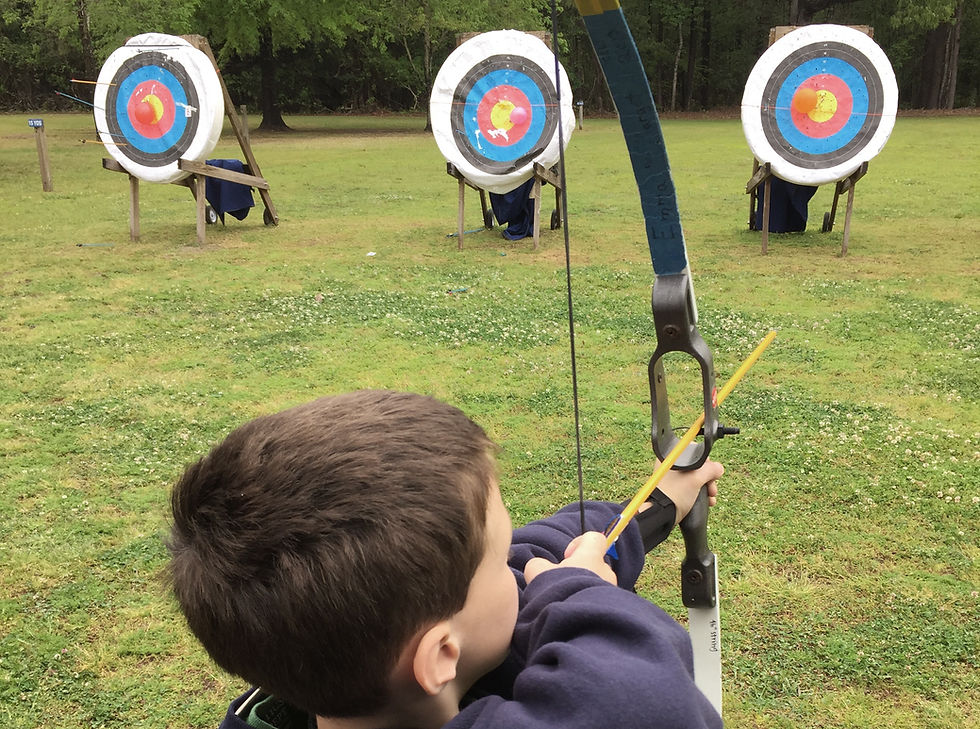How to Make IEP Transition Plans Truly Effective
- Kelly VanZant

- 2 days ago
- 4 min read

Imagine opening your child's transition plan and reading: "will improve social skills" or "will explore career options." These vague statements might look official, but they're useless for creating real change. Now imagine seeing: "By May 2025, Jamie will independently schedule and attend three informational interviews with veterinary professionals, documenting key insights and career requirements."
The difference is transformative—and it's what separates transition plans that gather dust from those that change lives.
Why Most Transition Plans Fail
Despite legal requirements for transition planning under IDEA, many students with disabilities struggle with post-secondary transitions. The problem isn't lack of plans—it's lack of effective plans.
Common problems include:
Vague, unmeasurable goals with no clear direction
Generic objectives that could apply to any student
Poor coordination between school and adult services
Static planning that doesn't evolve as students grow
Missing stakeholder input from key people in the student's future
The SMART Solution: Goals That Create Change
Effective transition planning uses SMART goals—Specific, Measurable, Achievable, Relevant, and Time-bound.
Specific: Precision Creates Clarity
Weak: "Jordan will improve communication skills" SMART: "By December 2024, Jordan will compose and send three professional accommodation request emails to potential employers, using appropriate business format and language"
Measurable: Track Real Progress
Weak: "Alex will become more independent"SMART: "By June 2025, Alex will independently complete weekly meal planning, grocery shopping, and meal preparation, staying within a $75 budget with 80% accuracy"
Achievable: Build on Current Abilities
Weak: "Maria will become completely independent" SMART: "By March 2025, Maria will use public transportation to reach three community locations, demonstrating route planning and problem-solving when delays occur"
Relevant: Connect to Student Dreams
Weak: "David will participate in work experience" SMART: "By April 2025, David will complete 120 hours in automotive repair, demonstrating diagnostic skills and customer service aligned with his technician career goal"
Time-bound: Create Urgency
Weak: "Sarah will develop self-advocacy" SMART: "By January 2025, Sarah will request workplace accommodations in three employment settings, documenting processes in a personal advocacy portfolio"
Align Goals with Student Interests
The most effective goals emerge from understanding your child's genuine interests, strengths, and dreams—not generic expectations.
Discover Through:
Interest inventories and career assessments
Conversations about activities that energize them
Observation of voluntary activities and natural talents
Discussion of role models and future aspirations
Connect Dreams to Reality:
Animal lover → veterinary internships + biological sciences goals
Tech enthusiast → IT internships + coding skills + networking goals
Creative student → design internships + portfolio development + client communication
Build Coordinated Support Systems
Effective plans coordinate multiple stakeholders for seamless support from high school through adult life.
Essential Team Members:
Student and family (primary decision-makers)
School personnel (teachers, counselors, transition coordinators)
Adult service providers (vocational rehab, disability services, mental health)
Community partners (employers, colleges, healthcare providers)
Create Coordination:
Regular meetings including all relevant stakeholders
Shared communication platforms and documentation
Clear roles and responsibilities for each team member
Timeline planning for major transition points
Monitor and Adapt Regularly
Static plans quickly become irrelevant. Build in review and adaptation mechanisms:
Schedule Reviews:
Annual comprehensive reviews of all goals and progress
Quarterly check-ins on specific achievements
Event-triggered reviews after major changes or discoveries
Stay Flexible:
Modify goals based on progress and new interests
Add services as needs change
Celebrate achievements and adjust expectations
Problem-solve when strategies aren't working
Avoid Common Pitfalls
The Generic Trap: Demand goals specific to your child's interests and needs Academic-Only Focus: Include employment, independent living, and community participation Parent-Driven Planning: Ensure your child leads their own goal-setting Set-and-Forget: Build in regular progress monitoring Poor Coordination: Insist on adult service provider participation
Your Advocacy Action Plan
Before IEP Meetings:
Document current ineffective goals and missing coordination
Research SMART goal examples for your child's interests
Identify potential community partners and adult services
Prepare specific requests for improvements
Questions to Ask Your Team:
"How will we measure progress on this goal?"
"What specific actions will my child take?"
"How does this connect to my child's future plans?"
"Who are the adult service providers we should involve now?"
"How often will we review and update these goals?"
Transform Your Child's Future
The research shows students with effective transition plans have dramatically better outcomes in employment, independent living, and life satisfaction. But effective plans require advocacy—yours.
Don't accept vague goals or checkbox planning. Your child deserves transition planning that recognizes their unique strengths, addresses specific challenges, and creates a clear pathway to their chosen future.
Every SMART goal you advocate for, every coordination meeting you request, every review you insist upon brings your child closer to successful adult independence. Their future is too important for generic planning.
Start advocating today for the specific, measurable, coordinated transition planning your child deserves.
Ready to advocate for truly effective transition planning? Find templates, examples, expert advice, and step-by-step guides for creating SMART transition goals and coordinated support systems at www.neuronavigation.org. Your child's successful transition starts with effective planning today.




Comments